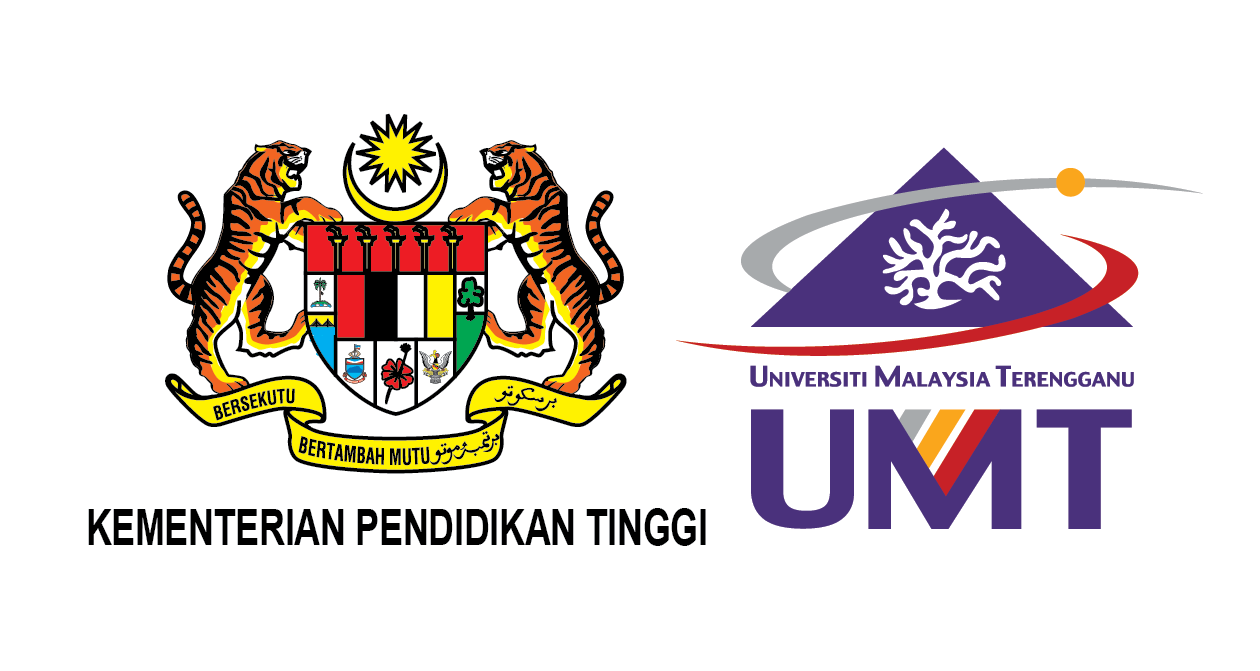Please use this identifier to cite or link to this item:
http://umt-ir.umt.edu.my:8080/handle/123456789/5871Full metadata record
| DC Field | Value | Language |
|---|---|---|
| dc.contributor.author | Ab. Zuraida Rahman | - |
| dc.contributor.author | Ayu Nazreena Othman | - |
| dc.contributor.author | Fatin Liyana Izzati Kamaruddin | - |
| dc.contributor.author | Aziz Bin Ahmad | - |
| dc.date.accessioned | 2017-04-16T08:35:09Z | - |
| dc.date.available | 2017-04-16T08:35:09Z | - |
| dc.date.issued | 2015-02 | - |
| dc.identifier.uri | http://hdl.handle.net/123456789/5871 | - |
| dc.description.abstract | Melicope lunu-ankenda is commonly used in traditional medicine. The conventional propagation method for this species is inefficient due to low propagation rate and its lengthy period to maturity. In addition, insufficient planting materials often pose a problem for the plantation sector. The tissue culture technique is best alternative to overcome the problems. The callus induction and direct shoot regeneration protocols for M. lunu-ankenda were established. Callus was successfully initiated from leaves explants cultured in MS medium added with 2,4-D at concentrations 0.5 to 5.0 mg/L singly or in combination with NAA at concentrations 1.0 to 10 mg/L. Shoot was regenerated from callus in phytohormone-free medium, BAP at concentrations 0.5 - 5.0 mg/L singly or in combination of BAP with NAA or 2,4-D at concentration 0.5 and 1.0 mg/L, respectively. BAP at 1.0 mg/L induced the highest shoot regeneration rate (80%) and number of plantlet per calli. The established methods might be used for production of phytochemicals and plantlets in large scale. | en_US |
| dc.language.iso | en | en_US |
| dc.publisher | Natural Science | en_US |
| dc.subject | Melicope lunu-ankenda | en_US |
| dc.subject | Regeneration | en_US |
| dc.subject | Plant Growth Regulator | en_US |
| dc.subject | In Vitro | en_US |
| dc.title | Direct Shoot Regeneration from Callus of Melicope lunu-ankenda | en_US |
| dc.type | Article | en_US |
| Appears in Collections: | Journal Articles | |
Files in This Item:
| File | Description | Size | Format | |
|---|---|---|---|---|
| 221-Direct Shoot Regeneration from Callus of Melicope lunuankenda.pdf | Full Text File | 1.2 MB | Adobe PDF | View/Open |
Items in UMT-IR are protected by copyright, with all rights reserved, unless otherwise indicated.

